Teaching the New Tools of Monetary Policy
Resources for teaching the Fed's monetary policy tools in an ample-reserves framework.
{{searchResultSnippet}}
 Back to All
Back to All
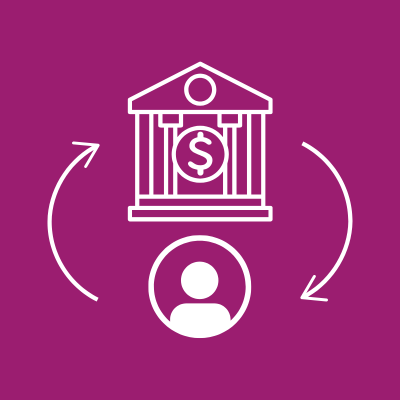
In this video assignment, combine economics and history to see how Federal Reserve Chairman Paul Volcker contained inflation, spurred economic growth, and reduced unemployment.
Inflation occurs when the prices of goods and services across the economy go up. When there's inflation at the same time as high unemployment and slow economic growth, do you know what that's called? I do, but why don't you say it? When there's inflation at the same time as high unemployment and slow economic growth, it's called stagflation. In the 1970s, monetary policy was too loose. The money supply was growing faster than the economy, and that led to inflation. People started to expect inflation, and they built this expectation into their economic decisions that led to even more inflation high inflation plus other shocks to the economy like a quadrupling of oil prices led to a bad recession with periods of high unemployment, in other words, stagflation. In 1979, Paul Volcker became chairman of the Federal Reserve. Soon after he took office, the Fed raised the federal funds rate a lot. This is the rate at which banks lend to each other. The increase was painful, but after a while it brought inflation down. The US faced a nearly double digit inflation for quite a while. It rose from 2 or 3% inflation in the late 60s, rose up to 4%, then to 6%, then to 8%, then to 10%. People thought that the cause of the inflation was. Oil prices, but in fact it was monetary policy. We kept trying to lower the unemployment rate because that was part of our mandate, but in fact all we ended up doing was raising the inflation rate. The ascendancy of Paul Volcker to the Fed chairmanship really changed this situation. Uh, Volcker was determined to clamp down on inflation, which he did. One law that came out of the period of stagflation was the Humphrey Hawkins Act of 1978. It required the Federal Reserve to give Congress reports on its goals and policies twice a year. That law has expired, but the Federal Reserve still reports to Congress very regularly on a wide range of issues including monetary policy. The Federal Reserve ranks among the most transparent of central banks. We publish a summary of our balance sheet every week. Our financial statements are audited annually by an outside auditor and made public. Every security we hold is listed on the website of the Federal Reserve Bank of New York, and in conformance with the Dodd-Frank Act, transactions level data on all of our lending, including the identity of borrowers and the amounts borrowed, are published with a two-year lag. Remember. Though the Fed regularly reports to and is accountable to Congress, the Fed's policies and practices are independent. That independence is important both in boom times and when the economy hits a rough patch. And why is it so important? Because it ensures that monetary policy is conducted without influence from politics. Evidence clearly shows that when the central bank is independent from political forces, it tends to make good long-term decisions. Because the decisions that monetary policy makers make have long gestation periods. They take a long time, longer than a politician is often willing to wait for.

Teaching the New Tools of Monetary Policy
Resources for teaching the Fed's monetary policy tools in an ample-reserves framework.

Long-Run Equilibrium
Introduce the aggregate demand / aggregate supply model.
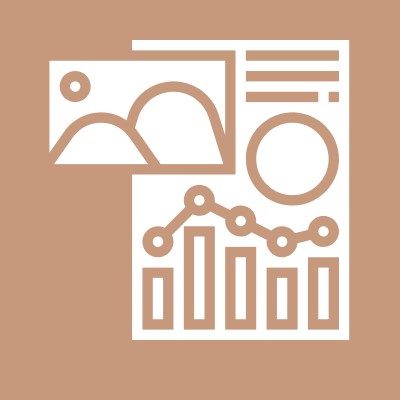
Fiscal & Monetary Policy
Define fiscal and monetary policy and highlight their differences.
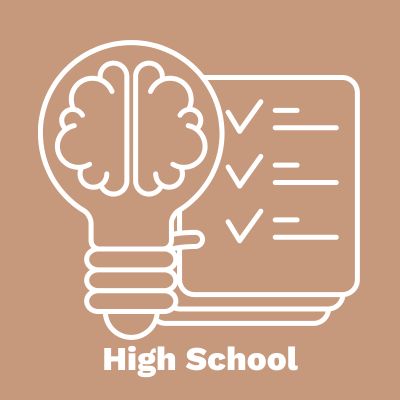
A Cotton Tale
Analyze the causes and consequences of cotton production in the U.S.
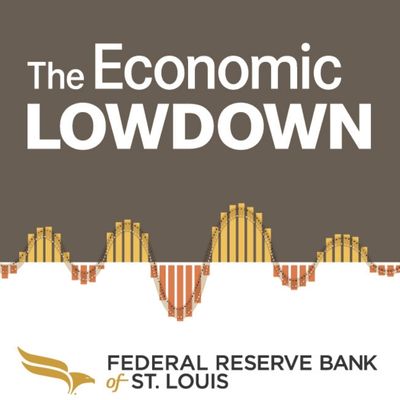
Economic Growth
Learn about economic growth and how technology impacts factors of production.
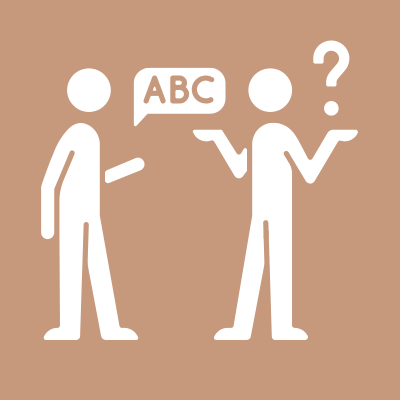
Jargon Alert: Leading Indicators
Learn about leading economic indicators and their use in forecasting the economy.
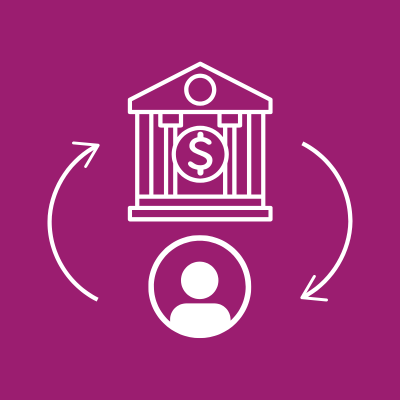
Boom Times and Bubbles: The Internet Age
Learn about the Monetary Control Act of 1980.

Central Banking
Learn the basics parts a central bank.

Creation of the Federal Reserve
Learn about banking panics, recessions, and depressions in the U.S. during the 1800s.

Inflation, Deflation, and Disinflation
Learn the differences between inflation, deflation, and disinflation.

Inflation, the Fed, and You
Learn what causes inflation.

Introduction to the Federal Reserve
Introduce the Fed’s three main functions.

Monetary Policy Fed and You
See how the Fed conducts monetary policy.

Money Versus Barter
Learn how money solves problems created by barter systems.

Price Stability
Learn the importance of price stability.

Structure of the Federal Reserve
Learn about the Board of Governors, the Reserve Banks, and the FOMC.
{{resourceTitle}}
{{resourceBlurb}}